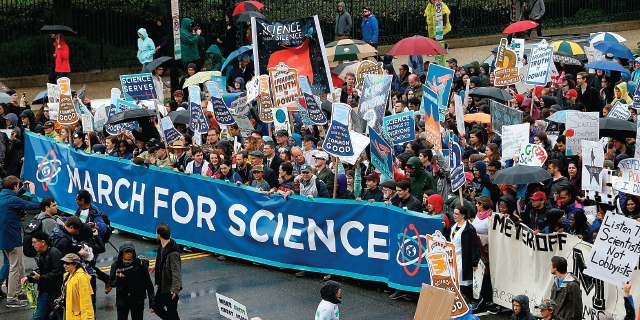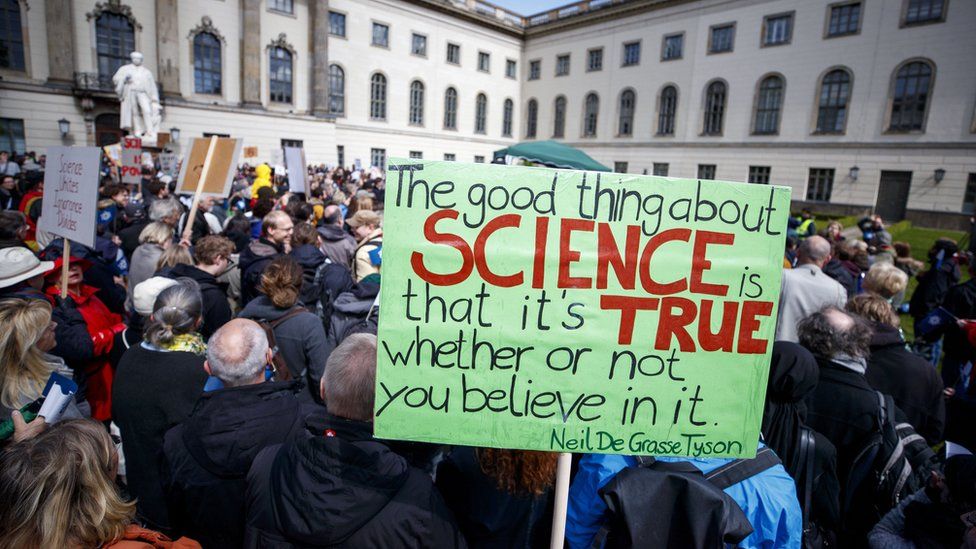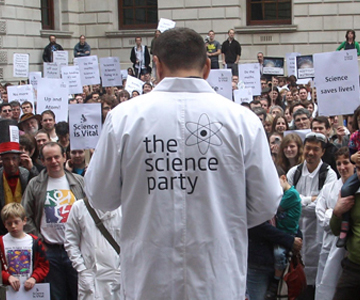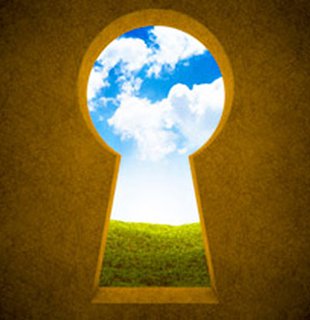The other day while walking I listened to Brené Brown’s podcast on Words, Actions, Dehumanization, and Accountability. I’ve been a fan of Brené for a long time having discovered her books years ago, purchased her books often for others, and traveled to hear her speak in person. My life has benefitted from her research findings and her education through well-crafted writings and talks.

Like so many other intelligent and compassionate thought-leaders today, Brené speaks eloquently about the social domination tool of dehumanization which is of particular interest to me. She explained it well in her podcast, pontificated on its long history and efficacy, and yet I was frustrated by her walking this concept up to a line but never crossing it. I wanted her to cross it so badly. What line is that? Let me explain.
Brené said in the podcast (going forward quoting her will simply appear in italics) “Dr. Michelle Maiese defines dehumanization as the psychological process of demonizing the enemy, making them less than human hence not worthy of humane treatment. Dehumanization often starts with creating an enemy image.”
I believe this to be true. But let’s take it one step further. What does it mean to dehumanize? What becomes of someone who has had their humanness reduced or fully stripped away from them? What then are they? What is left? Most people would say they are now subhuman, an animal, or an animal-human hybrid, or an object.
When animalizing humans, do they become an animal that we value? No. They do not become bald eagles, wild stallions, swans, blue whales, penguins, kings of the jungle, Labrador Retrievers, Persian cats, or other wild or companion animals who we love, cherish, and protect. Instead they become the animals that we don’t like such as rodents, bugs, snakes, mangy mutts, pigs, or the like.
Why?
Why does the tool of dehumanization that resorts to the animalizing of a human turn toward animals we don’t like instead of the animals we do like? How is this collectively accepted and practiced? How is it understood that when someone is labeled an animal that we understand this to mean a wild, vicious, uncivilized, dirty, ugly, or frightening animal rather than a soft, clean, loving, cute, and compliant or a beautiful and free animal?
And how do so many woke folks who believe in and stand for science forget that humans are animals?
Science informs us that humans are organized as mammals who belong to the biological Animalia Kindgom. So how is it that calling another human an animal even work as an insult to dehumanize or dominate someone when humans are animals?
For dehumanizing, animalizing, or objectifying to work – meaning to turn a person into a thing unworthy of care – we must collectively believe that humans are not animals, that humans are special animals, that certain animals are not worthy of moral consideration, and/or that objects are not alive.
I think there are plenty of religious, science-avoiding people who do not believe that humans are animals or that humans are special animals made in the image of their God. That’s a belief system that I can’t conquer.
For science-embracing folks who accept that humans are animals, how is calling a human an animal even an insult? It apparently works because genocides and mass enslavements have occurred on this premise and I hear this analogy made in modern culture almost daily.
It works because it is understood in our collective subconscious that there are some animals which we value (wild, companion) and other animals that we value less or don’t value at all (pests, food, labor, experimental, entertainment). When we call a human an animal as an insult, it is understood that we are referring to the unvalued animals who are treated as objects to be used, destroyed, erased, and ignored.
For dehumanization to work, enough of us must subscribe to the collective agreement that some animals are individuals/persons and some animals are objects. It’s the human groups who consider themselves to be individuals/persons who invoke disregard for the human groups they consider to be nonhumans or objects.
It is only because enough of us accept that laboratory primates, rabbits, and dogs, food cows, pigs, and chickens, labor horses, camels, and mules, entertainment elephants, tigers, and lions, zoo bears, sea animals, and giraffes, and pesty rats, pigeons, prairie dogs, and opossums hold little to no value as complex individuals and so are subjugated by humans as research material, food stuffs, recreational outlets that dehumanization or animalization even works. We must subscribe to the disregard and objectification of certain animals in order for there to be a demoted category of being to exist.
For dehumanization to become no longer an option – which I think is something that Brené and many others wish to see – we must all live believing that all animals, regardless of species, have value. While we may not value an individual animal’s life, we must respect that the animal values its own life, and it’s important to honor that at the minimum.
Dehumanization has fueled innumerable acts of violence – human rights violations, war crimes, genocide. In fact all genocides in recorded history have started with dehumanization and have started with words and language. Dehumanization is what makes slavery possible, torture, human trafficking. Dehumanizing others is the process by which we become accepting of violations against human nature, against the human spirit.
We generally do not intentionally destroy what we value. In order to enslave, punish, kill, control and otherwise oppress and dominate another human being, we treat them like the animals we don’t value or objects that have no life. Their lives and existence are not worthy of protection. We believe that they can’t feel pain, sorrow, grief, or fear like we can. We make them unlike ourselves or the animals that we value.
We bring dogs and cats into our homes who become family members. We know they have feelings because we experience and interact with them. Tell me how a Labrador Retriever living with a family in a safe home is any different biologically from a Labrador Retriever existing in a laboratory cage being subjected to experimental drugs, chemicals, and surgeries?
How is one human living with a family in a safe home any different biologically from a human living in a cage or camp and being subjected to forced-labor, starvation, and oppression? When we make someone subhuman we erase the fact that they feel the same things we do: love for our families, protection of our children, pride in our homelands and traditions.
Being able to compartmentalize valued animals from unvalued animals allows the mental capacity to compartmentalize valued humans from unvalued humans. Unvalued animals are unvalued because somehow they are existing and standing in the way of our comfort or pleasure. Unvalued humans are unvalued because somehow they are existing or standing in the way of our comfort or pleasure.
Most of us believe that people’s basic human rights should not be violated, we believe that as a collective. Crimes like murder, rape, torture are wrong. Successful dehumanizing however creates moral exclusion. Groups targeted based on their identity, gender ideology, skin color, ethnicity, religion, age are depicted as less than, criminal, or even evil. The targeted group eventually falls out of the scope of who is naturally protected by our moral code.
In a world where the murder, rape, and torture of animals is broadly accepted and supported on a regular basis, it is no surprise that these violent acts occur between humans. Anyone who has eaten meat, dairy, or eggs today has supported the murder, rape, and torture of the largest class of animals existing today: farmed animals.
The point is that we are all vulnerable to the slow, insidious practice of dehumanizing. Therefore we’re all responsible for recognizing it, stopping it, and holding people accountable.
Being unconcerned with the forced birth, murder, and consumption of 70 billion sentient land animals per year globally is a recipe for fostering insensitivity to people we find challenging…people who we wish to reduced because they are inconvenient, uncomfortable, or in the way of something we want…their land, their labor, their minerals, their absence, or their power.
We disregard them, reduce them, turn them into undesirable animals or objects in our minds and hearts so that we can stomach causing them fear, pain, or grief to get what we want.
If we didn’t treat animals like objects, we wouldn’t so easily treat people like animals. If all animals were valued, how could we dehumanize anyone by animalizing them?
Brené walks us so well to a line in the sand that encourages each of us to see and understand how dehumanization hurts people. She gives many great examples of how and when groups of people were propagandized into animals in order to justify the poor treatment of them. But she didn’t explore why if a human is a biological animal why an animal would be unworthy of care and concern. We need to treat animals better if we are to learn to treat humans better.
There are many folks who say “let’s fix the human problems first and then we’ll address the animal problems” or “people are more important than animals, let’s focus on them first.” I’m saying that humans are animals and that human problems are animal problems and animal problems are human problems. We are interconnected and intertwined. As long as we mistreat animals we will mistreat humans.
Let’s move past anthropomorphism and human-centeredness. We are part of a whole living system and we are one of many animals who must co-exist to survive and thrive. Let’s relax our hyper-focus on and obsession of humanism and adopt a post-humanist mindset that will allow us to see that how we treat any living being is how we treat all living beings. How we treat the most vulnerable and defenseless sentient lives among us says a lot about who we are as a species.
I think Brené created a wonderful podcast about dehumanization that is worth listening to in order to understand how this tool of domination has been used in the history of humankind, including today. I wished she had crossed the ubiquitous line that seemingly divides humans and animals in order to see that there is no division. Dehumanization only works when we disregard moral consideration for animals…all animals, the cute ones and the ugly ones.




{ 0 comments… add one now }